Last Updated on January 10, 2024 by Forest-Master-Sales
Trees are a crucial part of our natural environment, and they provide us with numerous benefits such as shade, oxygen, and a home to animals.
However, just like any living organism, trees have a lifespan, and sadly, due to various reasons, it can lead to them dying. Dead trees can pose significant risks to not just homes, areas and businesses but many, people, which is why it’s key to know how to check and identify what one looks like.
Read on because understanding the silent signs of a dead tree can prevent potential hazards in your environment.
Look for signs of decay
One of the most common signs of a dead tree is decay. Looking for signs of this isn’t as difficult as it may sound.
Inspect the trunk and branches of the tree for any visible signs of holes, cracks, or cavities, along with the branches, as they will show signs of peeling bark, cracks, and wood that is brittle and easily snaps off.
The presence of mushrooms or other fungi growing on the tree is another sign that would indicate that the wood is decaying.
Check the angle of the tree
We all know how the majority of trees are tall and straight but can an angle tell you the health of one? The answer is yes and an easy one to spot if one is dying.
If you see a tree that is leaning or has fallen more than 15 degrees, chances are that it won’t survive. This is caused by either root damage or following a storm that has brought with it strong winds – such as when Storm Arwen hit the UK in 2022.
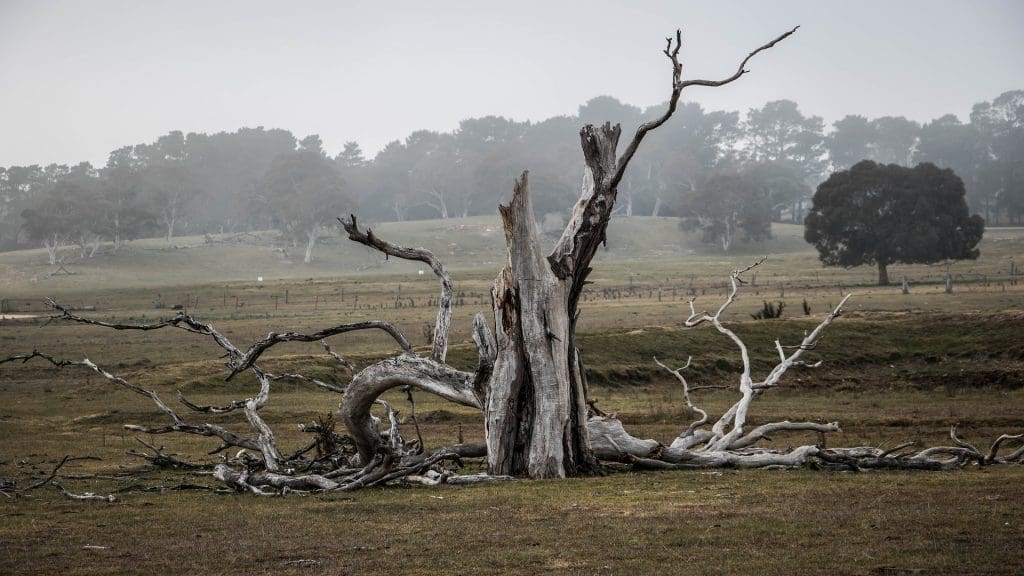
Check for bark damage
A tree’s bark is another factor in identifying the health of a tree.
If one is in good health, it would produce smooth, unblemished bark with no sign of any infestation from critters. A struggling one would have the opposite effect, with crumbling or fallen bark, that has holes and cracks in them, opening the door for wood-boring insects to damage it further.
Look for dead leaves or branches
Trees that have perished will have branches and leaves that will match the state of the timber – even during a growing season. Check for any branches that have no leaves or have leaves that are brown or discoloured. Dead branches can also be identified by their lack of flexibility; they may be stiff and brittle.
Look for signs of pest infestation
Pests can cause significant damage to trees and can often lead to their death. Look for signs of pest infestation, such as chewed leaves, holes in the trunk or branches, and sawdust around the tree’s base. If you notice any signs of pest infestation, it’s important to get the tree inspected to determine the extent of the damage.
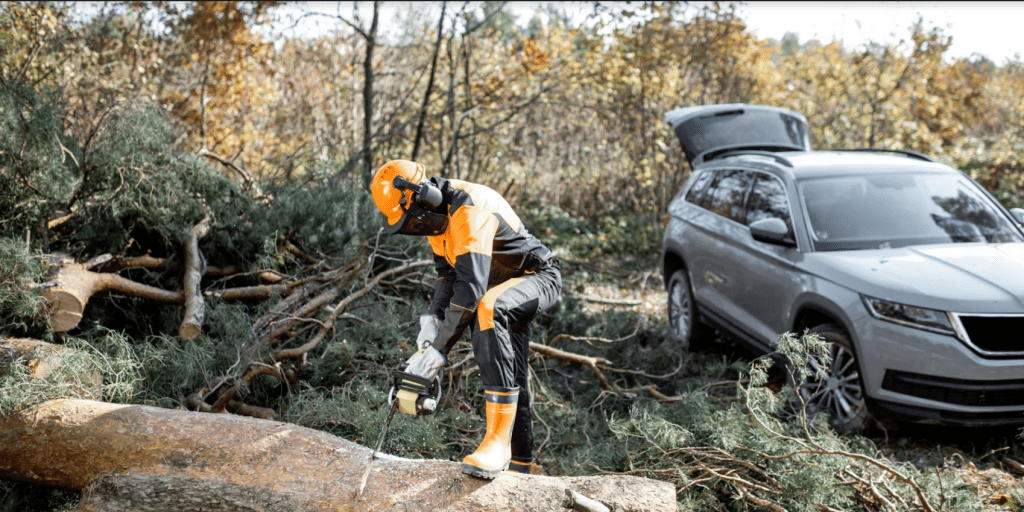
What to do if you spot a dead tree?
If you’ve spotted the signs above and one is in or around your property or public space, it’s vital to get it checked and seen as soon as humanly possible. The next steps for how to deal with it aren’t as complicated as you may think…
Hire a professional arborist
If there’s concern around a tree, it’s best to hire a professional arborist to inspect it. An arborist can identify the signs of a dead tree and recommend the best course of action to try to preserve it or…
Remove the tree
Sadly, If the tree has gone too far past the different stages, it would need to be removed from the area, taking away any danger of it falling near or on property or people.
Plant a new tree
Just because one has been taken down, it doesn’t mean that it can’t be replaced. Consider planting a new one in its place. Take a trip to your local garden centre, and chat with an expert such as an arborist or someone with Plant Nursey experience. It may take a while to fully grow but the long-term benefits would be hugely rewarding for the area and you’d have a choice in which tree you’d like.
In the end, it’s sometimes difficult to sustain the life of a tree but it doesn’t mean that it ends when it does. It could be could practise knowing the different types of trees, in case you wanted to do a like-for-like swap if replanting and making sure that they’d qualify as good wood for log burners.

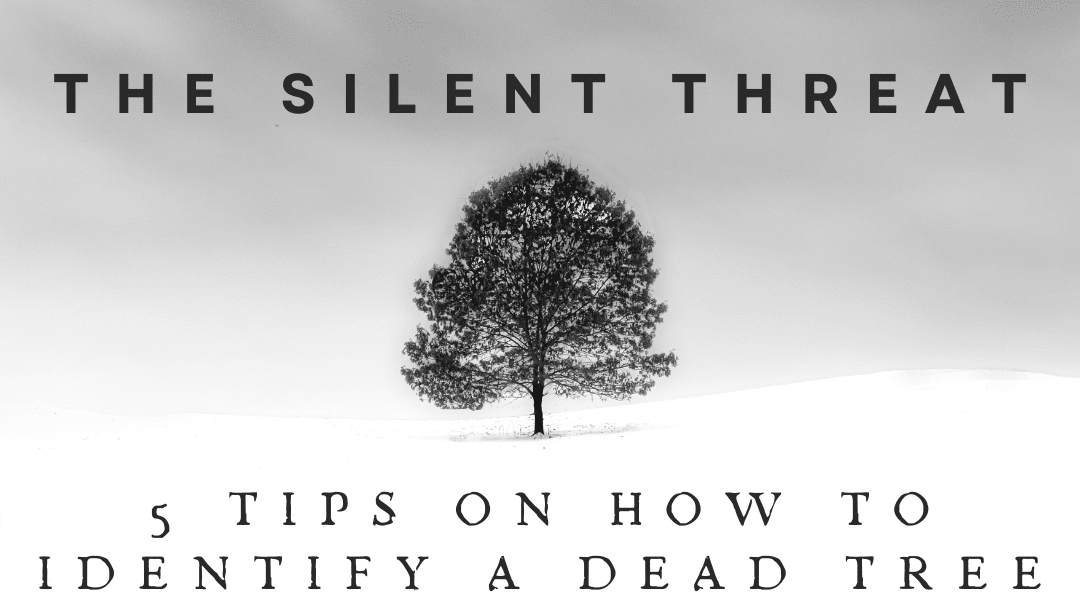

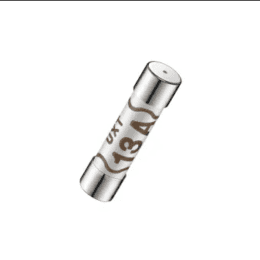
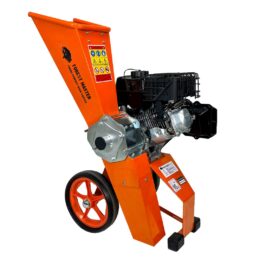
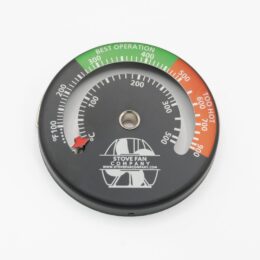
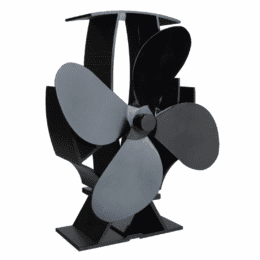
It makes sense that brown leaves are a bad sign. Yesterday afternoon, I was working on my garden in my backyard, and I noticed that one of my trees has some dead leaves, so I was wondering if that meant that something is wrong. I”ll have to look into hiring a professional to come and remove the dead tree for me as soon as possible.
Vielen Dank für diesen Artikel zum Erkennen toter Bäume. Gut zu wissen, dass der Schädlingsbefall dafür ein gutes Indiz ist. Ich werde meinen Wald bewerten lassen, damit auch wirklich alle toten Bäume identifiziert werden.
Mein Nachbar ist derzeit auf der Suche nach einer Baumabtragung. In diesem Zusammenhang ist es auch sehr interessant zu erfahren, wie ein toter Baum erkannt werden kann. Darauf werde ich auf jeden Fall das nächste Mal im Wald darauf achten.
Bonjour, j’ai un beau pin taillé un peu comme un bonsaï, du tronc vers le bout des branches il devient de plus en plus brun et sec. On dirait qu’il est en train de mourir et cela m’attriste beaucoup. Il ne reste que les tètes des branches qui sont encore fourni et vert. Est-ce possible que c’est une maladie ou est-ce à cause que nous avons planté un pieux de clôture à l’automne, qui l’aurait rendu comme cela?
Bonjour,
Désolé d’entendre parler de votre pin. Le brunissement pourrait être dû à une maladie, à des ravageurs ou à un stress environnemental. Voici quelques étapes rapides pour diagnostiquer et résoudre le problème :
Inspecter les parasites/maladies : Vérifiez la présence d’insectes ou de croissance fongique sur les aiguilles et l’écorce.
Vérifiez le sol : assurez-vous qu’il est bien drainé et non compacté. Une analyse de sol peut identifier les carences en nutriments.
Examinez les racines : Si l’installation du poteau de clôture a endommagé les racines, cela pourrait en être la cause.
Arrosage : assurez-vous d’arroser correctement, ni trop ni pas assez.
Consulter un professionnel : Un arboriculteur certifié peut fournir un diagnostic et un traitement précis.
Bonne chance!
– –
Hello,
Sorry to hear about your pine tree. The browning could be due to disease, pests, or environmental stress. Here are some quick steps to diagnose and address the issue:
Inspect for Pests/Disease: Check for insects or fungal growth on needles and bark.
Check Soil: Ensure it’s well-draining and not compacted. A soil test can identify nutrient deficiencies.
Examine Roots: If the fence post installation damaged roots, this might be the cause.
Watering: Ensure proper watering—not too much or too little.
Consult a Professional: A certified arborist can provide a precise diagnosis and treatment.
Good luck!
Un arbre mort a un rôle ecologique très important. Il sert d’habitat et de réserve de nourriture pour de nombreuses especes.
Bonjour
Je ne sais pas trop à qui m’adresser, à lors je le fait auprès de vous.
J’habite dans le Gard, en bordure d’un village, il y a 5 ans j’ai été obligé d’abattre un chêne vert d’environ 80 ans en milieux de terrain qui était mort, 2 ans plus tard un autre en bordure de parcelle d’une distance de 15 mètres du précédent arbre et d’un âge plus jeune, environ 50 ans est mort lui aussi. A lors d’aujourd’hui je remarque que 2 autres chêne vert 20 mètres plus bas sont aussi en train de mourir. Aucun travaux n’est effectué sur la voix le long de ces arbres, aucune cultures avec pesticides dans les environs, je n’ai constater aucun parasite, et ce phénomène m’inquiète grandement, un sentiment d’impuissance juste bon à regarder ces arbres mourir… j’ai un chêne vert pas très loin qui avoisine les 300 ans et mon Inquiétude fait que je me tourne vers vous. Si vous avez un organisme à me conseiller, vers qui je pourrais alerter ce phénomène. Je vous remercie d’avance pour votre retour.
Bien cordialement
Merci de votre attention, et j’en suis ravi, même si vous n’êtes pas certain(e) que je sois la bonne personne. Ce genre de situation peut être à la fois bouleversant et déconcertant, surtout lorsqu’on est si profondément attaché(e) à la terre et à ses arbres centenaires.
Je suis sincèrement désolé(e) d’apprendre le déclin de vos chênes verts. Ce sont des arbres si résistants et emblématiques, et les voir décliner sans cause évidente doit être extrêmement angoissant. Le fait que ce phénomène affecte plusieurs arbres au fil du temps, apparemment sans interférence extérieure, suggère certainement un problème plus profond.
Bien que je ne puisse pas établir de diagnostic moi-même, je vous recommande vivement de contacter un ou plusieurs des organismes suivants :
Office national des forêts (ONF) – Cet organisme supervise les forêts publiques françaises, mais fournit également des informations sur la santé des forêts au sens large.
Groupe d’étude et de contrôle des variétés et des semences (GEVES) – Il est souvent impliqué dans la surveillance phytosanitaire.
FREDON Occitanie – Il s’agit d’une organisation régionale de protection des végétaux. Ses spécialistes s’occupent de la santé des arbres et des agents pathogènes potentiels ou des stress environnementaux.
Votre DRAAF (Direction régionale de l’Alimentation, de l’Agriculture et de la Forêt) locale – Elle peut généralement vous orienter vers les services phytopathologiques ou forestiers compétents de votre région.
Il peut également être utile de prendre quelques photos et de noter les anomalies (état du sol, modifications du drainage, comportement de la faune, etc.), même mineures. Cela permettra à l’enquêteur d’y voir plus clair.
Nous vous souhaitons le meilleur et une bonne santé à vos chênes verts restants, en particulier au vénérable chêne tricentenaire.
L’équipe Forest Master
– –
Thank you for reaching out — and I’m really glad you did, even if you’re not sure I’m the right person. Situations like this can be both upsetting and bewildering, especially when you’re so clearly connected to the land and its long-standing trees.
I’m genuinely sorry to hear about the decline of your holm oaks. These are such resilient and iconic trees, so to see them failing without an obvious cause must be incredibly distressing. The fact that this is affecting multiple trees over time, seemingly without external interference, certainly suggests something deeper at play.
While I can’t provide a diagnosis myself, I’d strongly recommend contacting one or more of the following:
Office National des Forêts (ONF) – They oversee public forests in France, but also provide insights on woodland health more broadly.
Groupe d’Étude et de Contrôle des Variétés et des Semences (GEVES) – They’re often involved in plant health monitoring.
FREDON Occitanie – This is a regional plant protection organisation. They have specialists who handle tree health and potential pathogens or environmental stress.
Your local DRAAF (Direction régionale de l’Alimentation, de l’Agriculture et de la Forêt) – They can usually direct you to relevant plant pathology or forestry services in your area.
It might also be worth collecting a few photos and noting any patterns (soil conditions, drainage changes, wildlife behaviour, etc.), even if they seem small. This can help whoever investigates get a clearer picture.
Wishing you the very best — and for the health of your remaining holm oaks, especially the venerable 300-year-old.
Forest Master Team
Bonjour. Nous avons des eucalyptus morts avec des trous dans les troncs. Pensez vous qu’il s’agit de parasites ? Les autres eucalyptus sont ils en danger?
Belle journée
Hi there, thanks so much for your comment! Holes in eucalyptus trunks can sometimes be caused by insects, though they also tend to show up once the tree’s already on its way out. The good news is that healthy eucalyptus usually stand strong, but it’s always worth keeping an eye on them. If you’re worried, a local arborist could give you a clear answer and a bit of peace of mind.
French:
Bonjour, merci beaucoup pour votre message ! Les trous dans les troncs d’eucalyptus peuvent parfois être causés par des insectes, mais ils apparaissent aussi souvent quand l’arbre est déjà en train de dépérir. La bonne nouvelle, c’est que les eucalyptus en bonne santé résistent généralement bien, mais mieux vaut tout de même les surveiller. Si vous avez un doute, un arboriste local pourra vous rassurer et vous donner un avis précis.